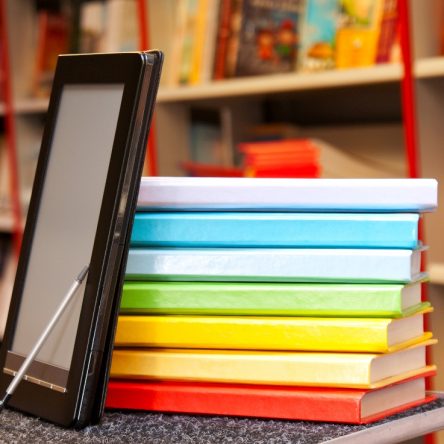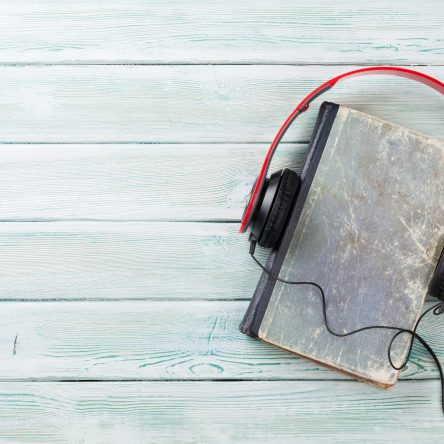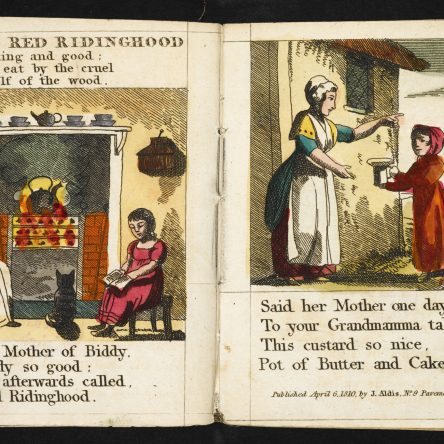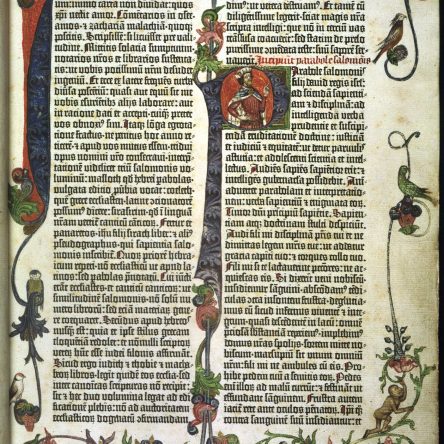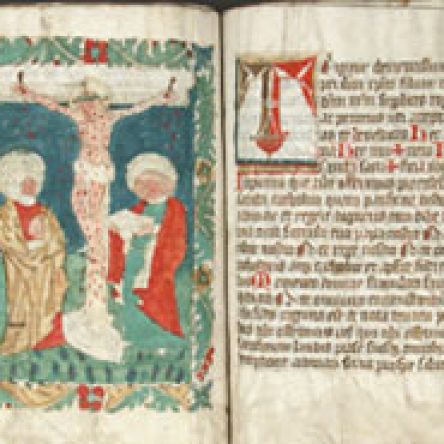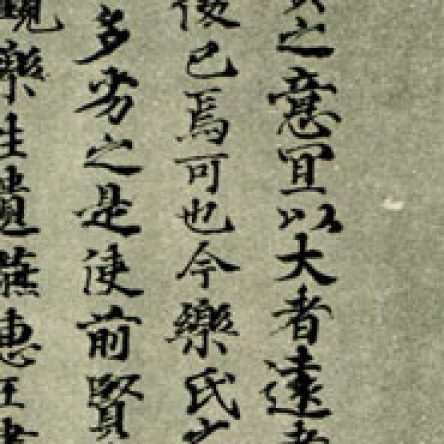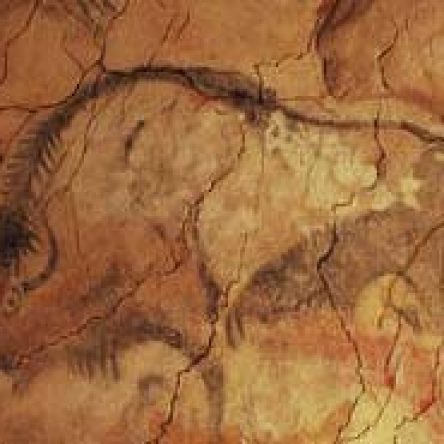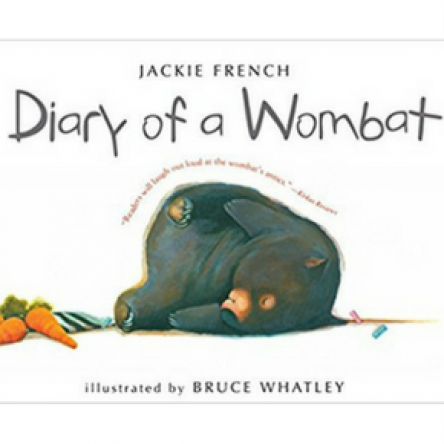Long before the Kindle or the iPad, eBooks were envisioned by a man named Robert Brown. In his 1930 manifesto, he suggested: “The written word hasn’t kept up with the age. The movies have outmaneuvered it. We have the talkies, but as yet no Readies.” He advocated for a reading machine that would allow him to…
Tablet to Tablet: Recorded Books
This is the last week to come see the "Reading the World: Tablet to Tablet" exhibit at the Mandeville Branch. If you haven't had a chance to stop by and view the displays, we hope that you will take some time this week to visit. After seeing the exhibit, if you still want to learn…
Tablet to Tablet: Children’s Books and Fairy Tales
This week we've been exploring the history of children's books. Books designed for children's enjoyment—and not just as a tool of instruction or for moral education—date back to the late 1600s. But the fairy tale is even older! Fairy tales originated as oral folktales, passed down from generation to generation through word of mouth, and they…
New York Public Library Best Books for Kids and Miss Tanya’s Bucket List
By stplkids
Every year the New York Public Library publishes a list of 100 books that their librarians feel are the best of the best for kids. Here is a link to the New York Public Library's website with the 2017 list for kids books. There is also a link to the list of books they recommend…
Tablet to Tablet: The Printing Press
We all know that Johannes Gutenberg invented the printing press. However, he wasn't the first to print a book. The history of printing is one of many small inventions that spanned centuries and nations. Around 3500 BCE ancient Mesopotamians used carved cylinder pieces to stamp clay tablets, the Chinese invented woodblock printing before 220 CE, and…
Take the Hour of Code Challenge!
Celebrate National Computer Science Education Week by taking the Hour of Code Challenge! The Hour of Code is a global movement reaching tens of millions of students in 180+ countries. Through the Hour of Code anyone ages 4 to 104 can learn computer coding basics by creating games, making music, and animating with Blocks, Scratch, Javascript…
Tablet to Tablet: The Codex
The codex is considered the first book form—pages bound together and placed between two thicker pieces of material—and the earliest example appears in the historical record in the first century CE. Codices had many advantages over the scroll: they were portable, readers could easily locate a specific section of the text, and they could contain longer…
Tablet to Tablet: Paper!
While papyrus was still king in Egypt and Europe, another medium was being invented in China―paper. What separates "true" paper from the papyrus and parchment that came before it is that it is made up of fiber. Paper has been made from asparagus stalks, bark, cactus, cotton, ivory, leather, linen, manure, moss, nettles, peat, pollen, potatoes…
Tablet to Tablet: Cave Art and Other Early Mediums
The "Reading the World: Tablet to Tablet" exhibit has sparked our interested in cave art this week at the Mandeville Branch. While touring the exhibit, don't forget to stop by the activity table at the front of the branch where you can create your own cave art! Even before the stone tablets of Sumeria, civilizations…
Picture Book Spotlight: Diary of a Wombat
One of the many wonderful things about the library is our substantial collection of really great children's books. With large collections though, it can sometimes be easy to overlook special books. One such book in our collection is Diary of A Wombat by Jackie French. Wombats are from Australia; so, most children in our library have…
1 - 10 of 16
- Go to page 1
- Go to page 2
- Next page

